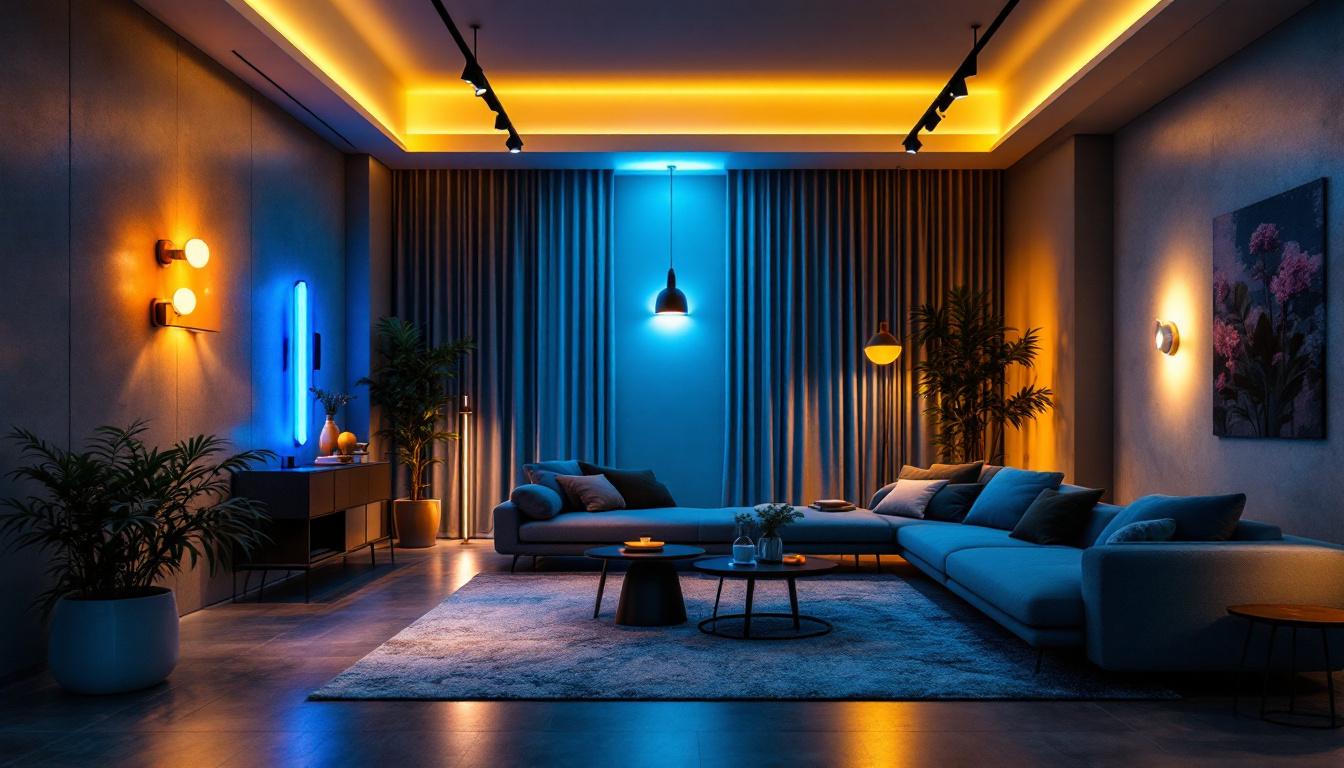
In recent years, the lighting industry has undergone a significant transformation, with LED (Light Emitting Diode) technology leading the charge. As energy efficiency and sustainability become increasingly important, LED lighting has emerged as the go-to solution for both residential and commercial applications. This article explores the future of lighting design and installation, focusing on the advantages of LED technology and its implications for lighting contractors.
LED lighting has rapidly gained traction due to its numerous advantages over traditional lighting options. From energy savings to longevity, the benefits are compelling for both contractors and clients alike.
One of the most significant advantages of LED lighting is its energy efficiency. LEDs consume up to 80% less energy than incandescent bulbs, making them an attractive option for clients looking to reduce their energy bills. This efficiency not only helps the environment but also allows contractors to offer cost-effective solutions to their customers.
Moreover, as energy costs continue to rise, the demand for energy-efficient solutions is expected to grow. Lighting contractors who specialize in LED installations will be well-positioned to meet this demand, providing clients with sustainable options that align with their financial goals. The shift towards LED technology is also supported by various government incentives and rebates aimed at promoting energy conservation, further enhancing the appeal for both residential and commercial clients. As awareness of climate change increases, more businesses are seeking to adopt greener practices, making LEDs a crucial component of modern energy strategies.
LEDs are known for their impressive lifespan, often lasting up to 25,000 hours or more. This longevity translates to fewer replacements and maintenance costs for clients, making LED lighting a smart investment. For contractors, this means less time spent on service calls and more opportunities to focus on new projects.
Additionally, LEDs are more durable than traditional bulbs, as they are less susceptible to breakage and can withstand extreme temperatures. This resilience makes them ideal for a variety of applications, from outdoor lighting to industrial settings, expanding the potential market for contractors. Furthermore, the solid-state construction of LEDs means they are not only shock-resistant but also perform better in cold environments compared to incandescent bulbs, which can struggle in lower temperatures. This versatility opens up new avenues for contractors to explore, such as in refrigerated warehouses or outdoor installations in colder climates, thereby enhancing their service offerings and attracting a wider client base.
The versatility of LED technology has opened up new avenues for lighting design. With a range of colors, shapes, and sizes available, designers can create unique and innovative lighting solutions that enhance the aesthetic appeal of any space. The ability to blend functionality with art has transformed how we perceive lighting, turning it from a mere necessity into a focal point that can define an environment.
One of the most exciting aspects of LED lighting is its ability to be customized. From tunable white options that allow users to adjust the color temperature to RGB LEDs that can produce a spectrum of colors, the possibilities are virtually limitless. This customization enables contractors to cater to the specific needs and preferences of their clients, resulting in tailored solutions that stand out. For instance, in a commercial setting, a restaurant might choose warm tones to create an inviting atmosphere, while a modern office could opt for cooler hues to enhance productivity.
Furthermore, the compact size of LED fixtures allows for creative design applications that were previously impossible with traditional lighting. Contractors can incorporate LEDs into architectural features, furniture, and even artwork, providing clients with unique and eye-catching installations. The ability to integrate lighting into unexpected places, such as under shelves or within wall panels, not only maximizes space but also adds an element of surprise and delight to the overall design. This innovative approach encourages designers to think outside the box, resulting in spaces that are both functional and visually stunning.
The rise of smart home technology has also influenced the lighting industry. Many LED products now come equipped with smart features, allowing users to control their lighting through smartphones or voice-activated devices. This integration enhances convenience and energy management, making it an attractive selling point for contractors. Imagine a homeowner being able to set the mood for a dinner party with a simple voice command or adjusting the brightness of their living room lights from the comfort of their couch; these capabilities not only enhance user experience but also promote energy efficiency by allowing for precise control over lighting usage.
As smart technology continues to evolve, lighting contractors who stay informed about the latest trends will be better equipped to offer clients innovative solutions that enhance their overall experience. This knowledge positions contractors as experts in the field, fostering trust and loyalty among clients. Additionally, the integration of smart lighting can lead to the development of automated systems that adapt to the time of day or occupancy, further optimizing energy consumption and creating a seamless living environment. By embracing these advancements, contractors can not only meet but exceed client expectations, paving the way for a future where lighting is as intelligent as it is beautiful.
As society becomes more conscious of environmental issues, sustainability has become a key consideration in lighting design and installation. LED technology aligns with this trend, offering a more eco-friendly alternative to traditional lighting options.
By consuming less energy and having a longer lifespan, LED lighting significantly reduces the carbon footprint associated with lighting. This reduction is particularly important for businesses aiming to enhance their sustainability credentials. Contractors can leverage this aspect of LED technology to appeal to environmentally conscious clients.
Moreover, many LED products are made from recyclable materials, further minimizing their environmental impact. By promoting LED installations, contractors can play a vital role in helping clients achieve their sustainability goals.
As governments worldwide implement stricter energy efficiency regulations, the demand for LED lighting is expected to rise. Contractors who are knowledgeable about these regulations and can guide clients through the compliance process will be invaluable. This expertise not only enhances the contractor’s reputation but also positions them as a trusted partner in navigating the evolving landscape of lighting design.
While the benefits of LED lighting are substantial, there are also challenges that lighting contractors must navigate. Understanding these challenges is crucial for successful installation and client satisfaction.
One of the primary challenges associated with LED lighting is the initial cost. Although LEDs save money in the long run, the upfront investment can be a barrier for some clients. Lighting contractors must be prepared to educate clients about the long-term benefits and cost savings associated with LED installations.
Providing detailed comparisons between traditional lighting and LED options can help clients make informed decisions. By emphasizing the total cost of ownership, contractors can demonstrate the value of investing in LED technology.
As LED technology continues to evolve, staying current with the latest advancements is essential for lighting contractors. This may require ongoing training and education to ensure that contractors can effectively design and install LED systems.
Investing in professional development not only enhances a contractor’s skills but also instills confidence in clients. A knowledgeable contractor is more likely to gain repeat business and referrals, ultimately contributing to long-term success.
The future of lighting design is undoubtedly intertwined with LED technology. As advancements continue to emerge, contractors must be adaptable and forward-thinking to remain competitive in the ever-changing landscape.
Several trends are shaping the future of lighting design, including the integration of IoT (Internet of Things) technology, human-centric lighting, and the growing demand for energy-efficient solutions. Contractors who embrace these trends will be well-positioned to meet the evolving needs of their clients.
For instance, human-centric lighting focuses on creating environments that enhance well-being and productivity by mimicking natural light patterns. This approach is gaining traction in commercial spaces, and contractors who can offer such solutions will stand out in the market.
As lighting design becomes more integrated with architecture and interior design, collaboration with other professionals is essential. Lighting contractors should seek partnerships with architects, designers, and builders to create cohesive and innovative solutions that elevate the overall aesthetic of a project.
This collaborative approach not only enhances the quality of the final product but also fosters relationships that can lead to future opportunities. By working together, professionals can push the boundaries of what is possible in lighting design.
LED lighting is undeniably shaping the future of lighting design and installation. With its energy efficiency, longevity, and innovative design possibilities, LED technology offers a wealth of opportunities for lighting contractors. By embracing this technology and staying informed about emerging trends, contractors can position themselves as leaders in the industry.
As the demand for sustainable and customizable lighting solutions continues to grow, contractors who adapt to these changes will thrive. By prioritizing education, collaboration, and client satisfaction, lighting contractors can harness the potential of LED lighting to create exceptional spaces that meet the needs of their clients while contributing to a more sustainable future.
Ready to lead the future of lighting design and installation with the most efficient, durable, and innovative LED solutions? At LumenWholesale, we provide lighting contractors with the high-quality, spec-grade lighting products you need to stay ahead of the curve. Enjoy unbeatable wholesale prices and free shipping on bulk orders, ensuring you get the best value without any hidden costs. Elevate your lighting projects with the perfect combination of quality, affordability, and convenience. Wholesale Lighting at the Best Value is just a click away. Partner with LumenWholesale today and light up your clients’ spaces with confidence and style.
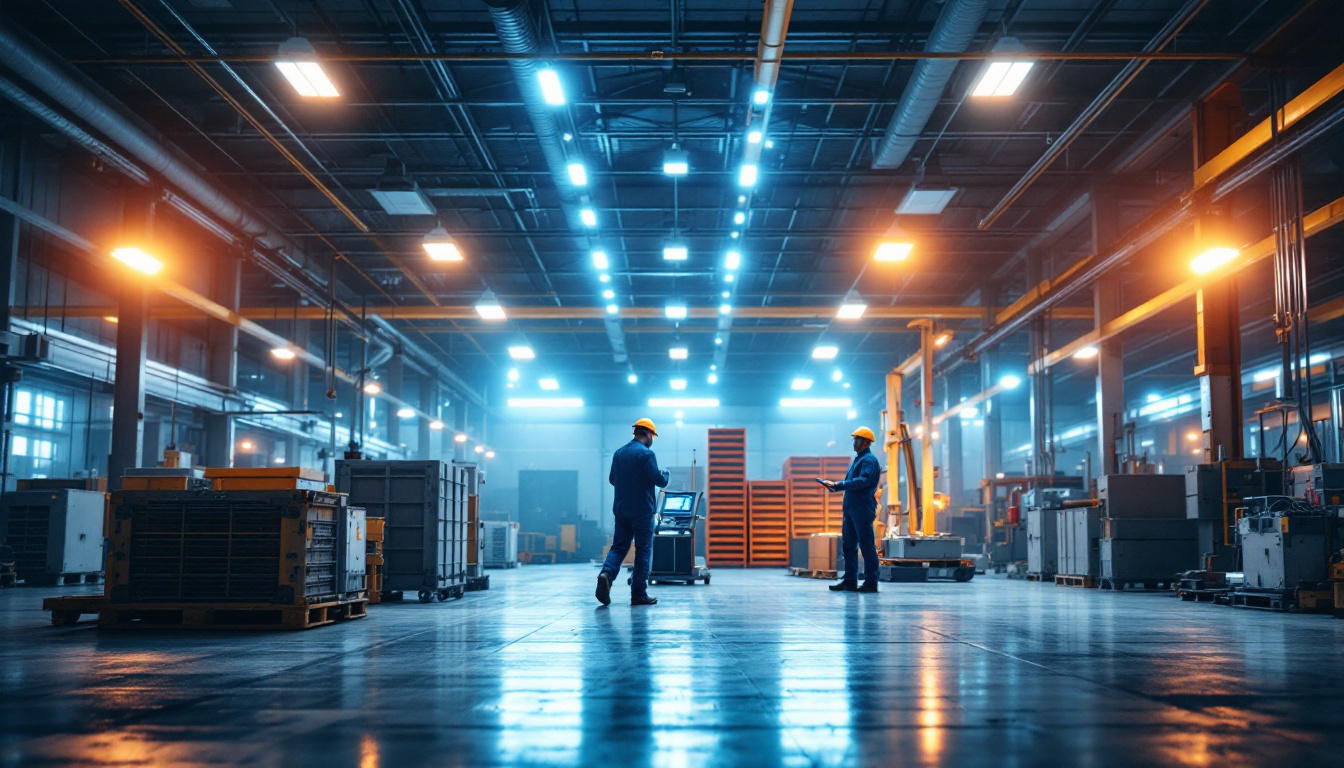
Discover why high bay LED lights are revolutionizing the lighting industry and what every contractor should know to stay ahead.
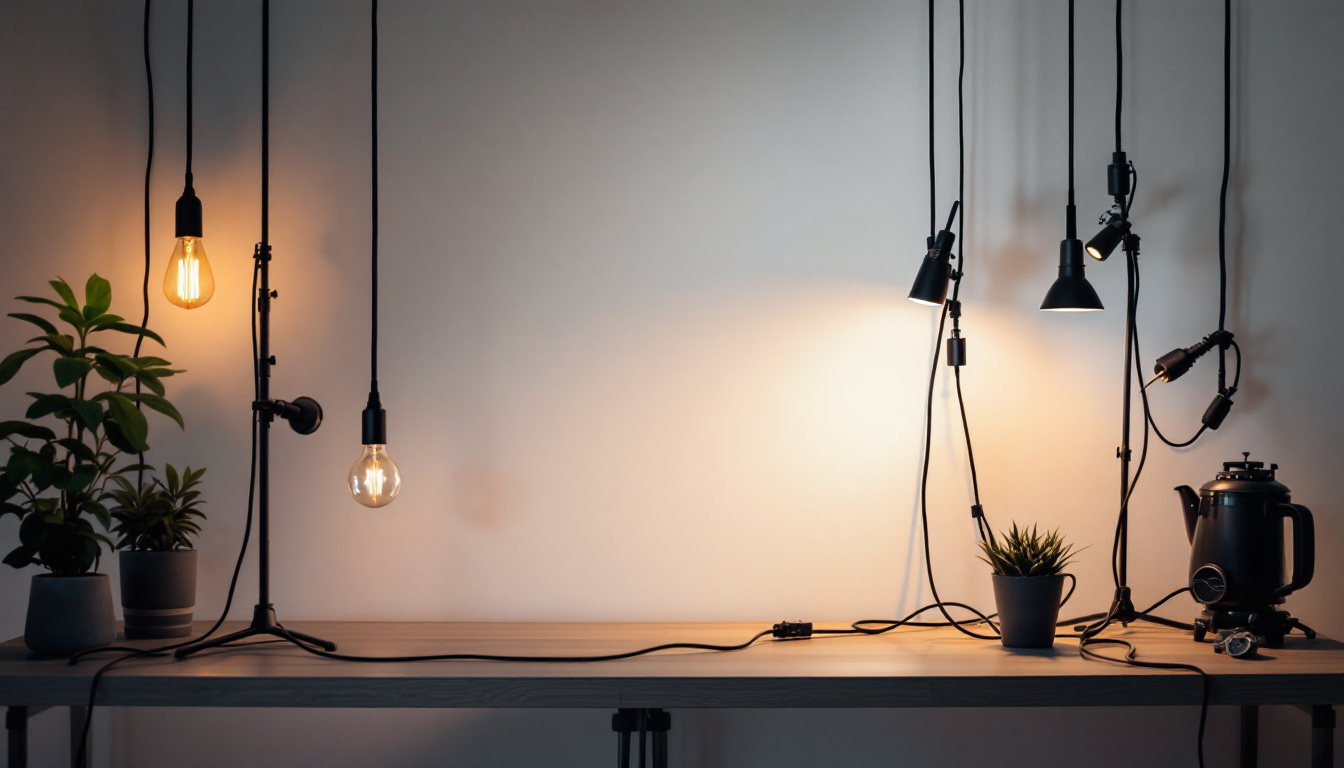
Explore the pivotal role of power cables in modern lighting solutions, uncovering how they enhance efficiency, safety, and design flexibility in today’s innovative lighting systems.
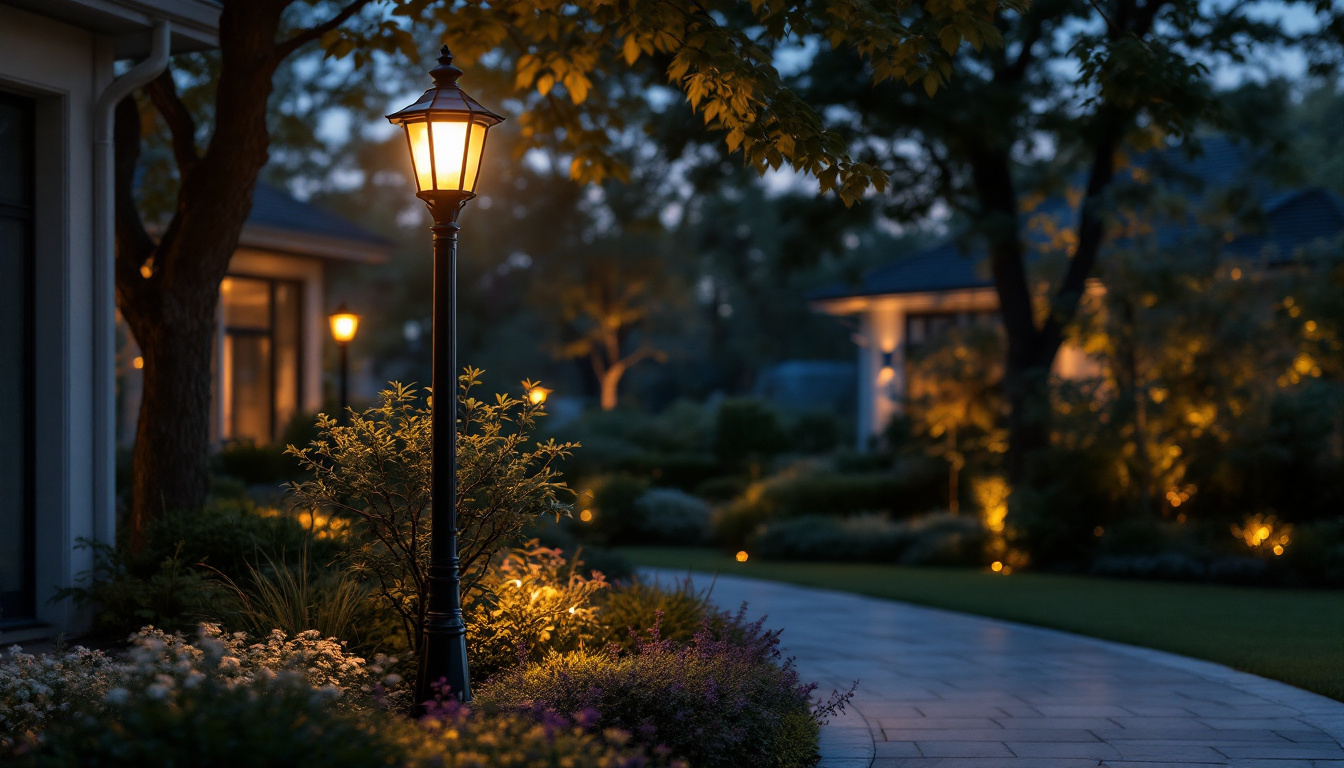
Discover essential insights into outdoor lamp posts with our comprehensive guide tailored for lighting contractors.
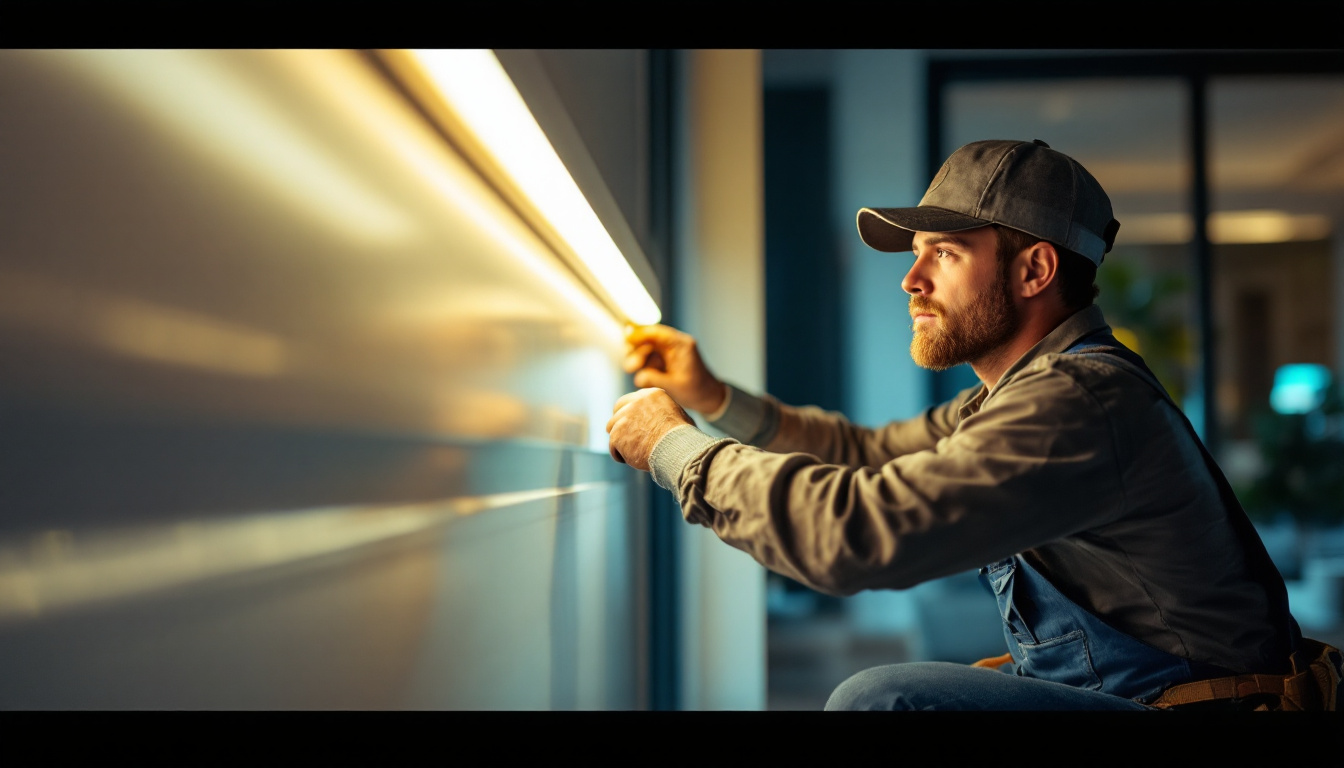
Discover how LED strip lamps are revolutionizing the lighting industry and impacting contractors’ profitability.